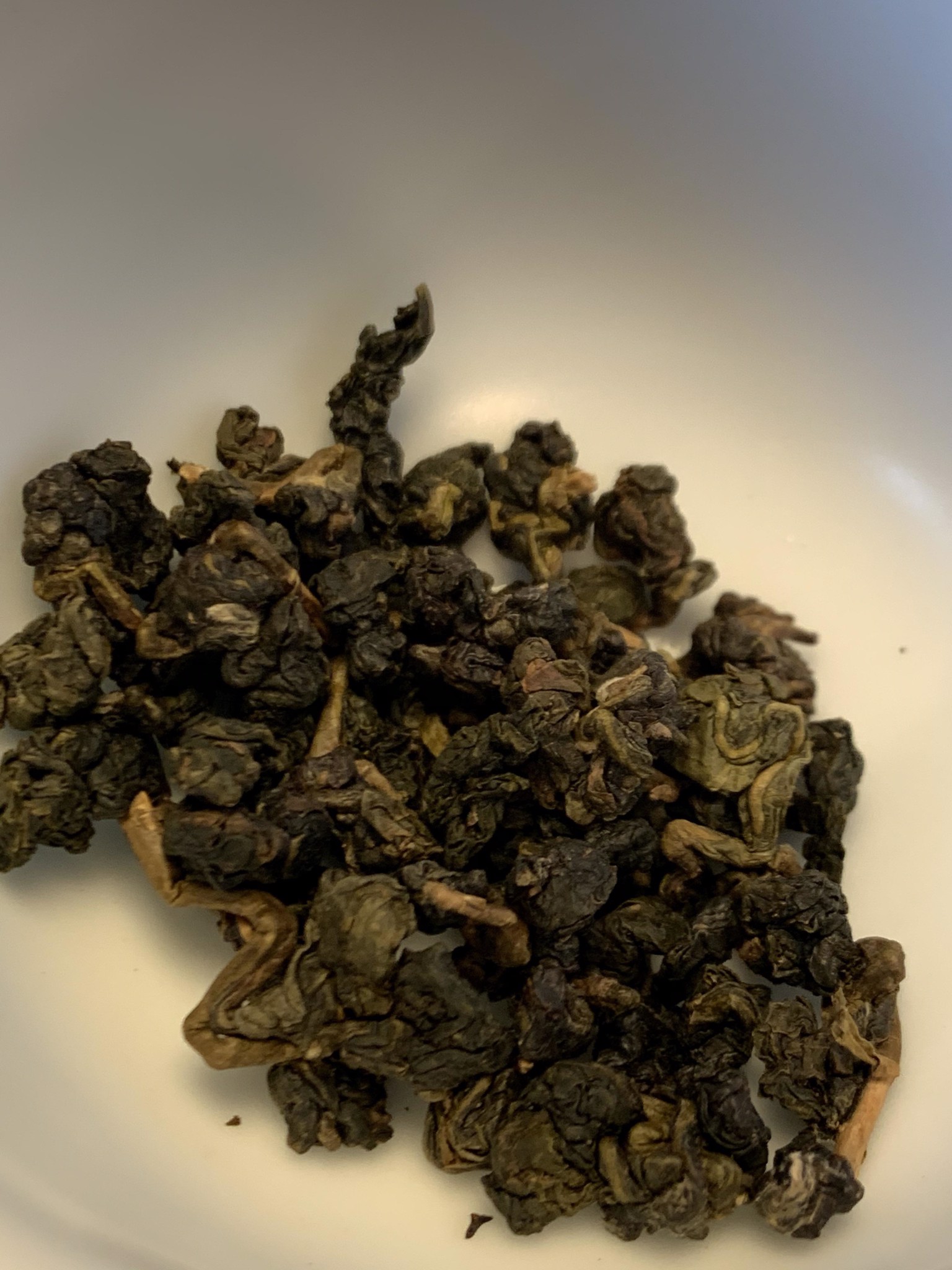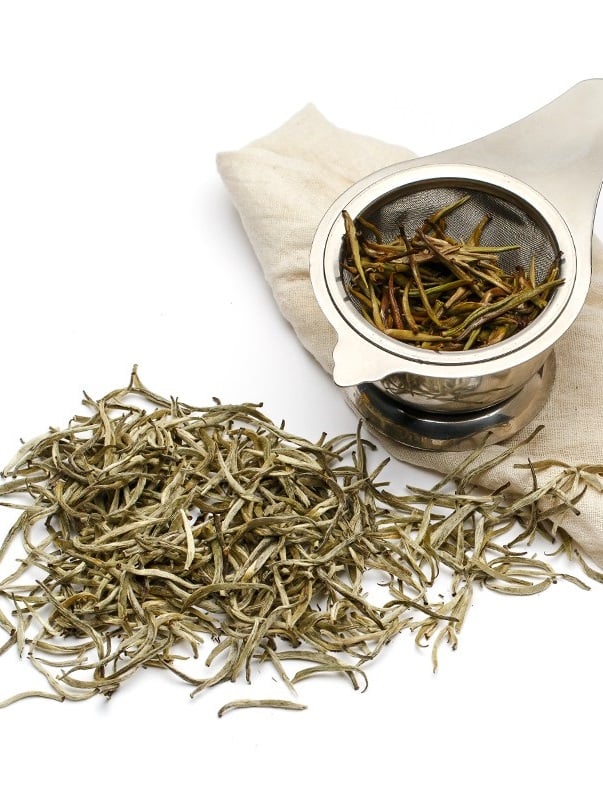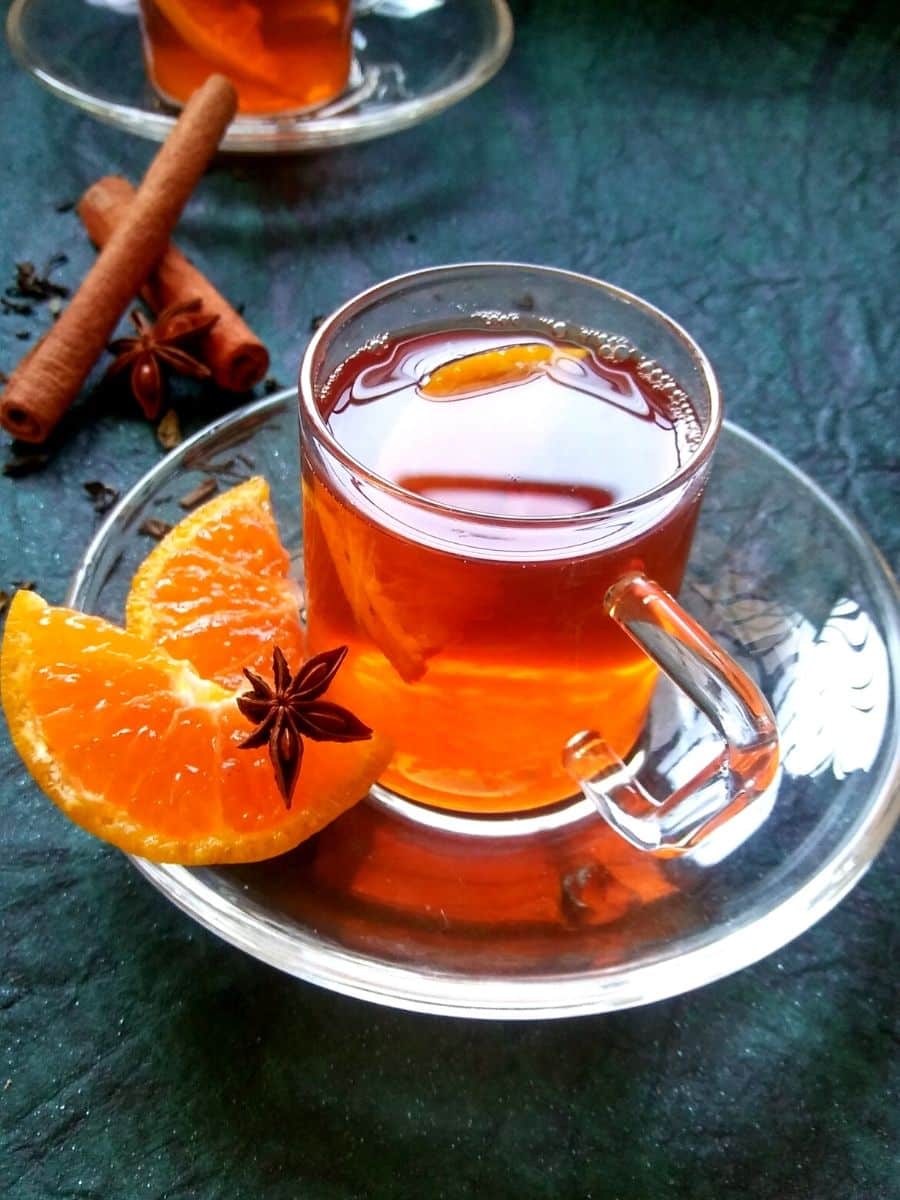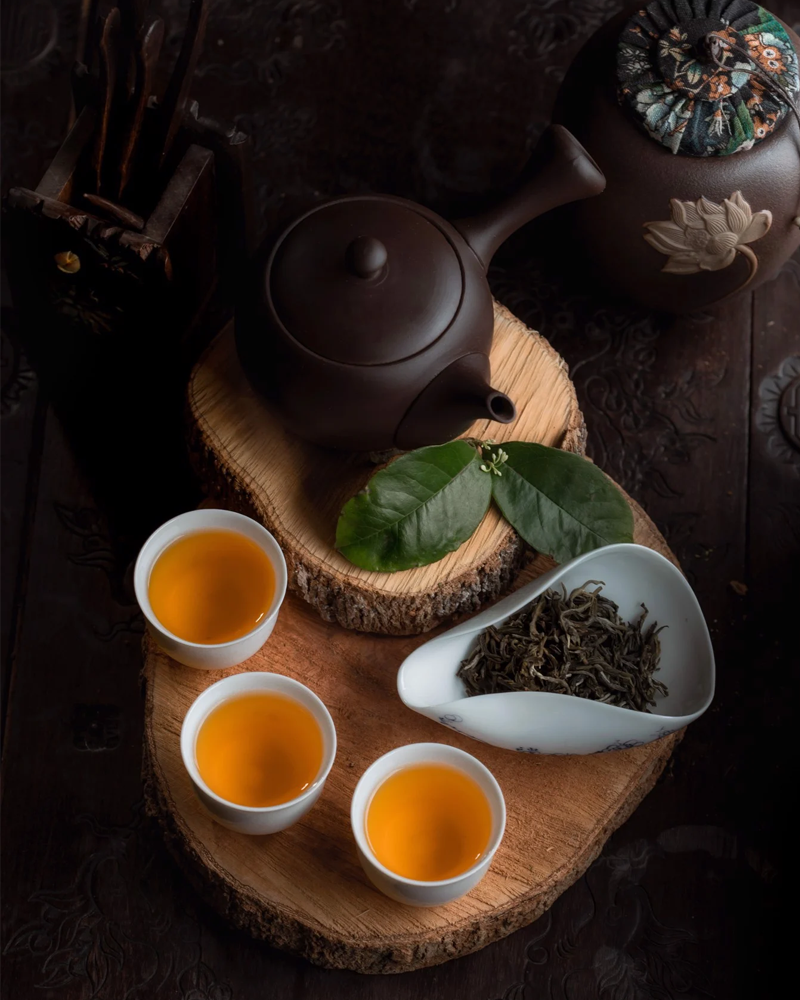Black tea, also known as “red tea,” was discovered in China in the mid 17th century. Many years prior, only green and oolong teas were consumed. The story of how black tea came to be is that an army from Jianxi entered the Fujian Province and camped at a nearby tea factory. This unscheduled camping session led to a delay in tea production, and the tea leaves were laid out in the sun for a longer period. The prolonged oxidization caused the tea leaves to turn to a dark red color. To “save” the tea and accelerate the drying process, a farmer placed the leaves over a fire of pinewood, which resulted in a tea that was smoky in flavor. This discovery produced Lapsang Souchong, the original black tea that would soon pave the way for black tea grown in China, and eventually the Western world.

I mentioned earlier that black tea is also called “red tea.” This is actually China’s name for black tea. Before black tea was established, China already had its tea that they called black tea. This tea is known as Pu-erh tea. Pu-erh tea is a post-fermented tea and comes in both green and black varieties. The Dutch and British traders were the ones who created the label “black tea” for the teas we commonly know as black. In simpler terms, black tea in China is called “red tea,” and black tea in the West is called, “black tea.” Phew!
Due to the fermentation process, black tea can retain and improve its flavor with age, as well as be preserved for longer periods of time. As you can imagine, this discovery made black tea a hot commodity. When the British traders learned about this tea and its many positive attributes, it was a dream come true, and they purchased all that they could until the market was taken over by the Dutch. This forced the British to explore other ways to acquire black tea and eventually they discovered another category of the Camellia Sinensis plant in India. The teas have a larger harvest at a more cost-effective rate, and the flavor is stronger with much higher levels of caffeine. Teas such as Darjeeling, Earl Grey, and Orange Pekoe were created by British growers in India.
Similar to the beginnings of green tea in Europe, black tea was sold at very high prices and primarily used by the aristocracy. It became a drink that indicated your wealth and status in society. Princess Catherine introduced black tea to the British palace, and it has become a staple in the life of British royalty ever since. In 1840, the concept of afternoon tea was introduced by duchess Anna Telford. During this time, the prices of black tea became more affordable, and a cup of tea was soon consumed both in the morning and afternoon.
Today, 90% of all tea sold in the US is black tea. The production of black tea continues to derive from China, India, as well as Sri Lanka and Africa. The accessibility of education and the discoveries of new tea types and arrangements introduces us to the many marvels of black tea. Due to its bold flavor, versatility, and ability to give you a boost of energy, more and more people are falling in love with this “dream tea.”







